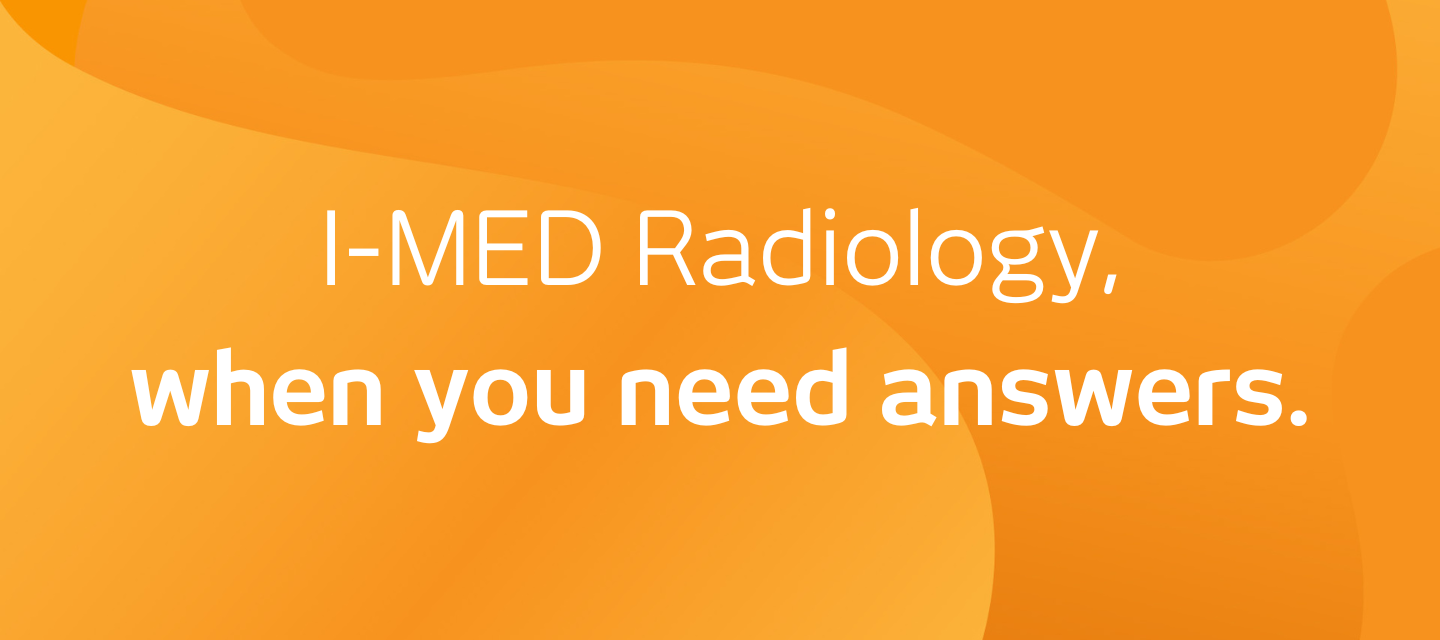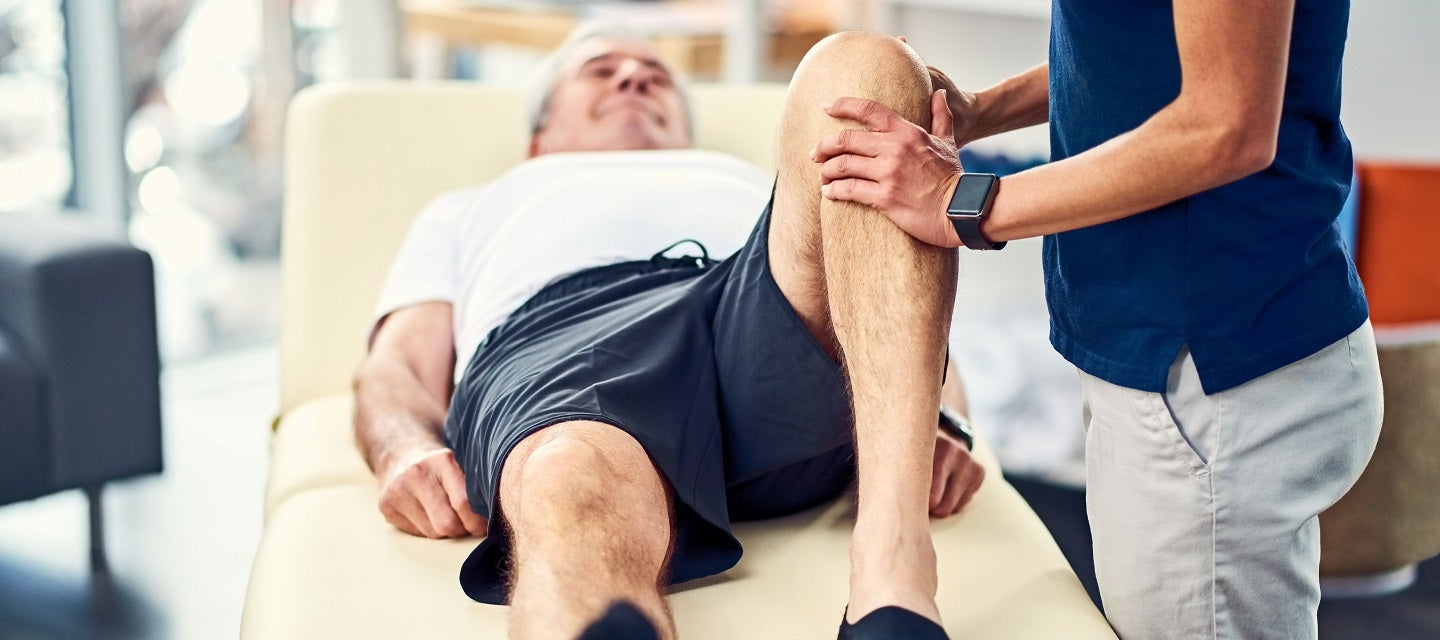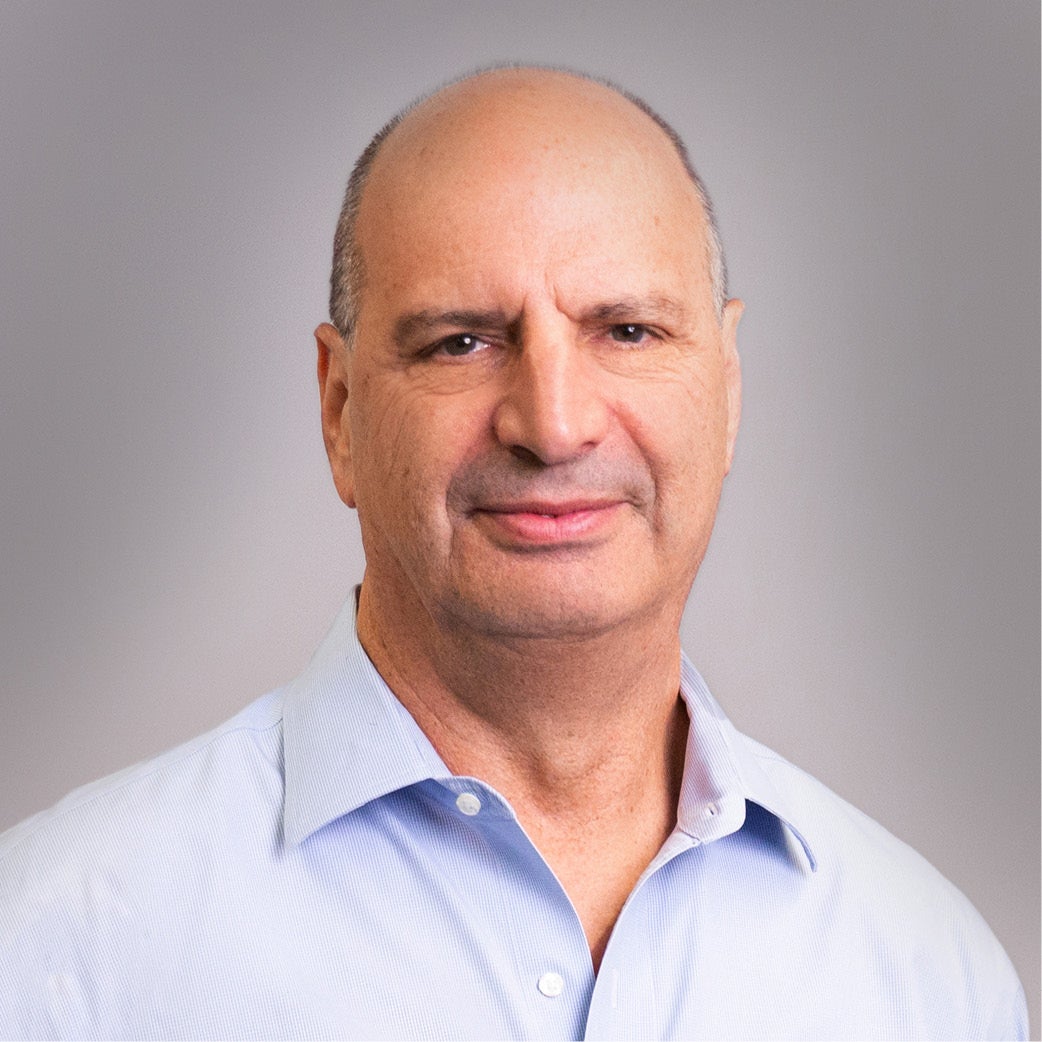

Autologous blood injection
Autologous blood injection

What is an autologous blood injection?
An autologous blood injection may offer a viable alternative to those facing surgery or even joint replacement due to cartilage and/or tendon damage from overuse or wear and tear.
The specialised program is available in selected I-MED Radiology clinics. Our sports medicine radiologists have conducted over 8,000 procedures using standards and techniques developed within I-MED and fine-tuned over time to ensure optimum patient outcomes and minimal patient discomfort and risk.
The treatment continues to offer very positive outcomes, typically helping most patients return to normal activity following the treatment regime.
The procedure involves injecting your own blood into your tendon to help it heal. This technique involves taking some of your own blood out of an arm vein and re-injecting it into your tendon, commonly the Achilles tendon or extensor tendon of the elbow.
The injection into tendons does appear to be successful in both a pilot study that we performed and in a study which has been written up in the American medical press.
We have also used this technique in patellar tendinopathy and plantar fasciitis. The theory behind this treatment is that taking the blood out of circulation causes it to release the healing factors which are usually released when we cut or otherwise injure ourselves. A second reason that it may work is from the mechanical division of the fibres of the tendon which is how some surgery is performed.
You may also require two treatments, two weeks apart, and you will be informed of this at the time of your procedure.
What happens during the procedure?
keyboard_arrow_down
As your own (autologous) blood is used, it is first collected by venesection, the same procedure used in blood tests or blood donations. The site of the venesection is usually a large vein in your elbow. Blood is collected (amount will vary) and then spun down in a centrifuge to separate the components; red blood cells, white blood cells and platelets. The process takes 10 minutes. The plasma rich in platelets is then harvested. Depending on your injury, an amount will then be injected into your injury with the use of ultrasound guidance, and under local anaesthetic coverage.
The scan takes approximately 30-45 minutes (several individual scans of a few minutes each). You are required to lie as still as possible during each scan. If you think that lying still for this amount of time might be a problem for you, please raise this with us when you make your appointment. You do not have to hold your breath or move into any special positions during the scan.
Is it painful?
keyboard_arrow_down
It is not uncommon that you may feel some pain during and following the injection. Check with the radiologist or nurse on site for a list of suitable pain relief medications as some medications must be abstained from following this procedure.
What are the outcomes?
keyboard_arrow_down
Do not expect any improvement for 3 to 6 weeks after the injection as this is the time it takes your body to go through the healing process, however, some patients have said that it works almost immediately.
During the healing process about 10% of patients may experience severe pain in the injected tendon for 1 to 7 days. This should be treated symptomatically with ice; elevation and pain relief medication (again, ask the radiologist or nurse for a list of these safe medications).
What should I do after the injection?
keyboard_arrow_down
You should follow any instructions from your referring practitioner or physiotherapist which may include:
- A form of physical therapy (stretches and eccentric strengthening for tendons) to enhance tendon regeneration and an ultrasound of the area to monitor repair
- Avoiding heavy activity for two weeks
- After two weeks, resuming lighter activity
- Gradually resuming heavy activity after four weeks
- A second injection maybe required however you should consult with your referring practitioner first as you will require another referral / request
- After elbow injections, some patients find it useful to wear a splint around their wrist or elbow for the first 2 weeks
- As mentioned above, a moderate amount of discomfort is expected. The pain is usually worse in the first couple of days, however this should slowly decrease. If you experience persisting severe pain or an adverse reaction following the injection please consult your referring doctor
Are there any adverse effects?
keyboard_arrow_down
Since this procedure uses platelet rich plasma (PRP) and is prepared from autologous or the patient’s own blood, there is no risk of an allergic reaction. Your doctor will use local anaesthetic such as lignocaine or bupivacaine, however, when this wears off there may be pain that lasts for a couple of days. This always goes away but may require pain relieving medication. Adverse effects are rare but as with any injection there is always a small risk of infection or injury to nerves or blood vessels. Scar tissue formation and calcification at the injection site are also possible.
What you should let us know:
keyboard_arrow_down
Please let us know if you have any of the following:
- An active infection
- A low platelet count
- Are taking blood thinning medications (eg Warfarin, Plavix, Iscover or Aspirin)
- Are pregnant or breastfeeding
- Have used non-steroidal anti-inflammatory medications (NSAIDs) – examples include Nurofen, Voltaren, Mobic - in the 7-10 days leading up to your appointment. You may be asked to switch to another painkiller such as paracetamol
- Have an allergy to a local anaesthetic agent
Related procedures

This information has been reviewed and approved by Dr Ronald Shnier (I-MED Chief Medical Officer).
Related articles

Related procedures

This information has been reviewed and approved by Dr Ronald Shnier (I-MED Chief Medical Officer).
Related articles

